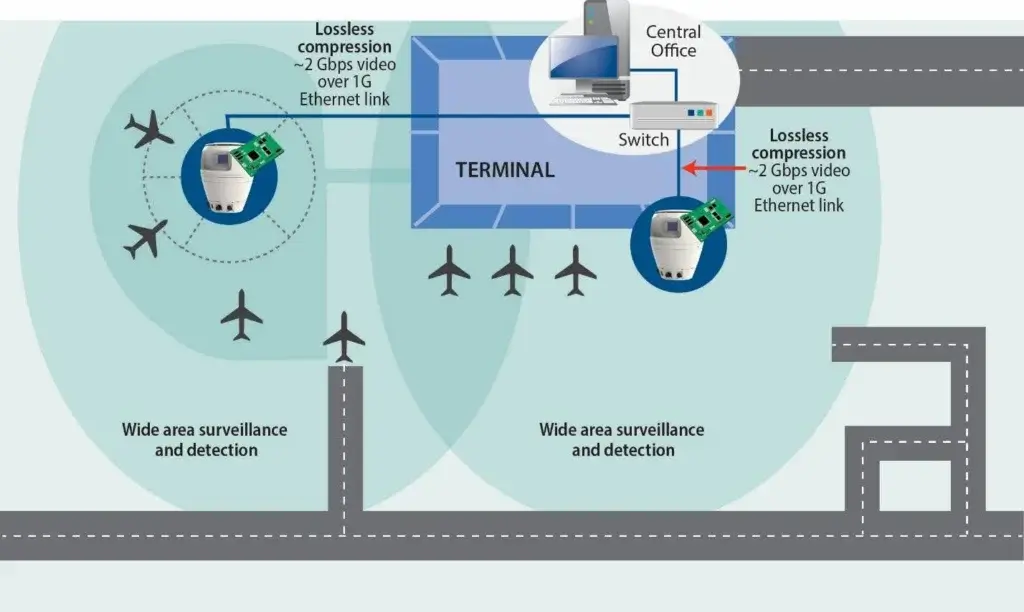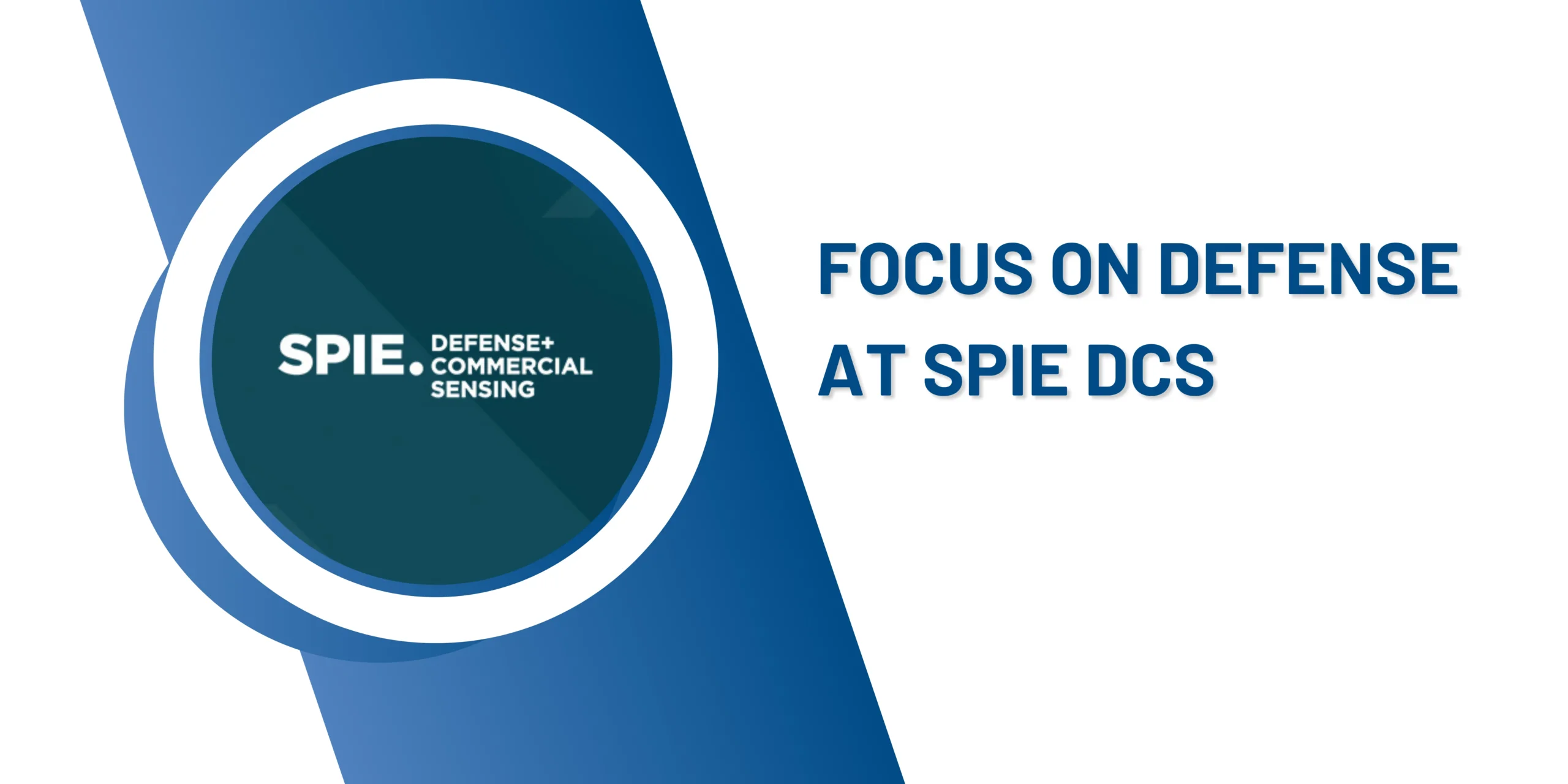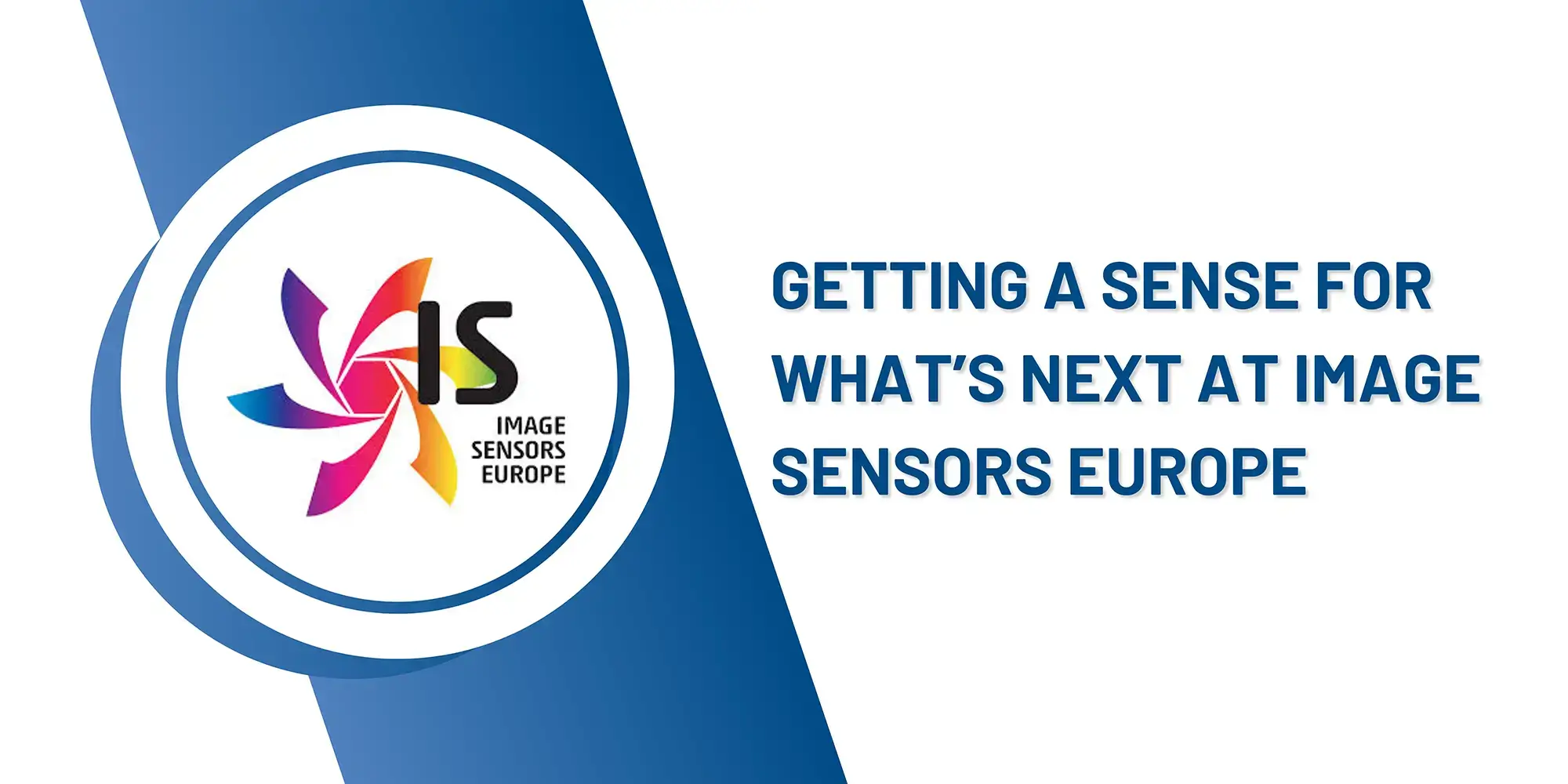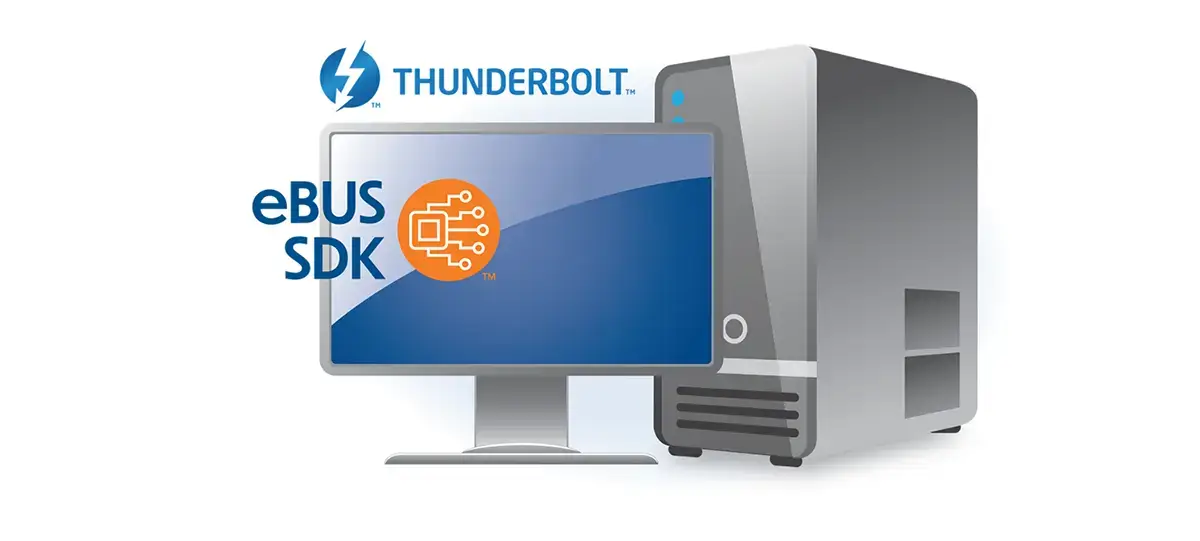From Audio to Imaging: The Evolution of Compression
While most people first encounter compression through audio streaming, its role in imaging is far more complex. In embedded vision systems, lossy compression like H.264 is widely used to reduce bandwidth and power requirements, especially in drones, robotics, and surveillance. However, this “visually lossless” approach, while efficient, can compromise data integrity – making it unsuitable for real-time applications like medical diagnostics or security monitoring.
Why Mathematically Lossless Compression Matters
Mathematically lossless compression ensures that imaging data remains intact from sensor to processor. Technologies like JPEG-LS, JPEG 2000, and Pleora’s patented RapidPIX algorithm deliver exact bit-for-bit matches with ultra-low latency. RapidPIX, for example, compresses data line-by-line with less than two lines of latency and reduces CPU load during decompression – ideal for real-time, high-performance imaging.
Real-World Benefits Across Industries
Security and Surveillance
Advanced perimeter security systems, such as infrared 360° airport surveillance cameras, benefit from lossless compression by transmitting up to 2 Gbps of video over standard 1 Gbps Ethernet. This nearly doubles bandwidth efficiency, reduces infrastructure costs, and supports centralized monitoring with GigE Vision networking.

Medical Imaging
In X-ray and dental imaging, lossless compression shortens exam times and improves diagnostic speed without sacrificing image quality. For example, panoramic dental X-rays use flat panel detectors with embedded compression hardware to transmit high-resolution video over low-cost Ethernet, maintaining performance while minimizing infrastructure upgrades.
Looking Ahead: Compression for Emerging Applications
As industries adopt multi-sensor fusion and 3D imaging for robotics, logistics, and inspection, bandwidth demands will continue to rise. Efficient compression strategies will be critical to maintaining performance over legacy infrastructure.
Final Thoughts
Choosing the right compression method depends on the application’s processing needs and the performance expectations of end-users. With solutions like RapidPIX, Pleora is helping designers unlock new levels of efficiency and quality in imaging systems.



